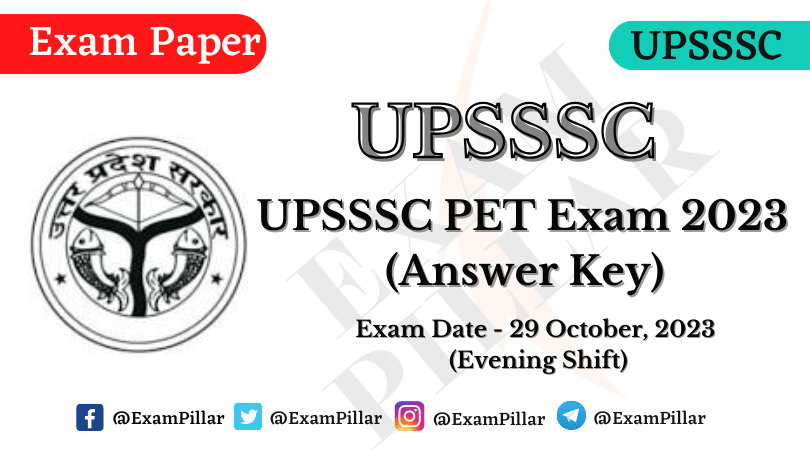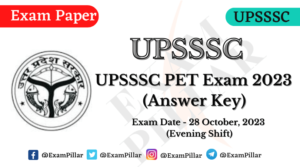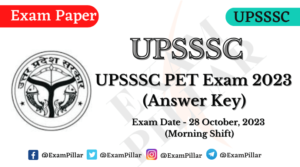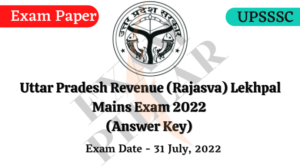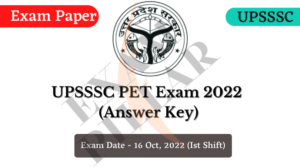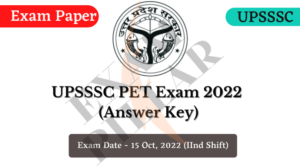Study the following line chart carefully and answer the questions given below : (Q. 41-45)
Below the pair of five trains are given. The sum of length of each pair and the time. taken by trains in each pair to cross each other when travelling in opposite direction is given in the line graph.
Length (in decameter) and Time (in sec.) taken to cross each other when travelling to opposite direction. (1 decameter = 10 meter )
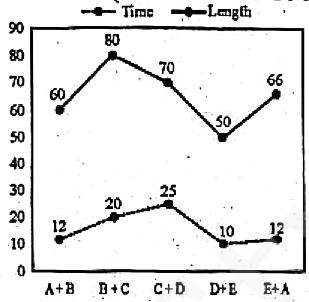
41. Find the time taken by train A to pass train C if they are travelling in the same direction.
(A) 86 seconds
(B) 80 seconds
(C) 73 seconds
(D) 90 seconds
Click To Show Answer/Hide
42. Find the approximate time taken by train B and train D to cross each other if both are travelling in opposite direction.
(A) 12.69 seconds
(B) 7.68 seconds
(C) 18.4 seconds
(D) 9.78 seconds
Click To Show Answer/Hide
43. If train E crosses a platform of certain length in 50 seconds, then find the approximate time taken by train D to cross the same platform.
(A) 102.5 seconds
(B) 91.82 seconds
(C) 110.5 seconds
(D) 78.9 seconds
Click To Show Answer/Hide
44. Train A was travelling from Patna to Delhi while train D was travelling from Delhi to Patna. Train A started after 2 hours of train D. If both trains meet at a distance of 297 km from Delhi, then find the approximate distance between Patna to Delhi.
(A) 489.7 km
(B) 448.7 km
(C) 529.2 km
(D) 505.8 km
Click To Show Answer/Hide
45. Train B and train C were travelling from station X to station Y which is 414 km apart. If both reached the station Y at the same time then find after how much time (approximately) of train C, would train B leaved station X ?
(A) 5.96 hr
(B) 6.29 hr
(C) 5.12 hr
(D) 4.87 hr
Click To Show Answer/Hide
Study the following pie chart carefully and answer the questions given below : (Q.46-50)
The following pie chart gives the information about the distribution of population ( in % ) of India in different geographical zones :
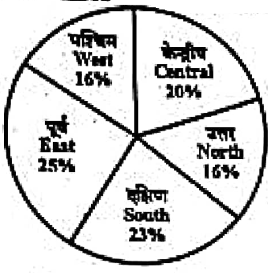
46. If the total population of India is 125 crores, then what is the approximate sum of the population of south zone and that of west zone in crores?
(A) 62.13
(B) 48.75
(C) 42.17
(D) 52.67
Click To Show Answer/Hide
47. If the total population of east zone of India is 126.5 million, then what is the approximate total population of north zone of India ? (in million)
(A) 90.62
(B) 80.96
(C) 73.26
(D) 101.36
Click To Show Answer/Hide
48. The total population of north zone of India is how much percentage less than that of the east zone?
(A) 42%
(B) 26%
(C) 48%
(D) 36%
Click To Show Answer/Hide
49. In India, the ratio of males to females is 13 : 12 and in central zone, the ratio of males to females is 9:7. The number of females in central zone is what percentage of the total number of females of India?
(A) 184
(B) 16320
(C) 16448
(D) 12336
Click To Show Answer/Hide
50. 50% of the total population of west zone are males which is equal to 10% of the total population of males in India and if the total population of females in west zone is 50 million, then what is the total population of males in India?
(A) 550 million
(B) 450 million
(C) 575 million
(D) 500 million
Click To Show Answer/Hide
Study the following table chart carefully and answer the questions given below : (Q.51-55)
The following table shows the discount % given by different stores on different books. The marked price of every book on all stores are same.
| Books |
Stores |
|||
| 1 | 2 | 3 | 4 | |
| A | 14% | 25% | 18% | |
| B | 16%% | 14% | 10% | |
| C | 12% | 10% | ||
| D | 6% | 9% | ||
51. The selling price of book A in store 1 is ₹ 395 and difference of selling price in store 2 and 3 is ₹ 36.825. What is the approx. discount percentage in store 2 ?
(A) 12.5%
(B) 16.98%
(C) 1.26%
(D) 14.13%
Click To Show Answer/Hide
52. The average selling price of book B in store 2 and 3 is ₹594. What is the selling price of book B in store 2?
(A) ₹ 580.5
(B) ₹ 650
(C) ₹ 576.5
(C) ₹ 598
Click To Show Answer/Hide
53. By selling book A store 1 makes a profit of 10%. What is the approximate profit / loss percent incurred by store 3 on the same. book ? (Round off to nearest integer)
(A) 4%
(B) 1%
(C) 6%
(D) 2%
Click To Show Answer/Hide
54. The average selling price of book D in store 2 and 3 is ₹1,480. What is the marked price of book D?
(A) ₹1.750
(B) ₹1,800
(C) ₹1,600
(D) ₹1,940
Click To Show Answer/Hide
55. Ratio of discount percentage on book C in store 1 and 2 is 3 : 2. If selling price in store 1 is ₹220, then what is the approx selling price in store 2?
(A) ₹286
(B) ₹230
(C) ₹279
(D) ₹198
Click To Show Answer/Hide
Study the following information carefully and answer the questions given below : (Q.56-60)
The following table shows the amount of bills (in ₹) of 3 families, Phone bills (P), Electricity bills (E) and Water bills (W) for 5 months:
| Month | Family X | Family Y | Family Z | Total | ||||||
| P | E | W | P | E | W | P | E | W | ||
| January | 1400 | 1
000 |
550 | 1000 | 800 | 1500 | 2500 | 1000 | 11250 | |
| Feb | 1400 | 1100 | 600 | 1200 | 1600 | 500 | 1350 | 950 | 10100 | |
| March | 1500 | 600 | 300 | 1250 | 400 | 1200 | 2400 | 250 | 8500 | |
| April | 2500 | 950 | 1500 | 1600 | 500 | 1500 | 1250 | 350 | 11400 | |
| May | 1100 | 1500 | 1200 | 1400 | 1150 | 800 | 9450 | |||
| Total | 8050 | 4100 | 3350 | 50700 | ||||||
56. Given that the amount paid on Phone bill, Electricity bill and Water bill by family X in the month of June was increased by 12%, 16% and 25% as per the data given for the month of May. Find its total amount paid on all the three bills in the month of June.
(A) 2465
(B) 2662
(C) 2356
(D) 2672
Click To Show Answer/Hide
57. What is the difference between the total amount paid on Electricity bills by all three families in the month of February and the total amount paid on Phone bills by all three families in the month of April?
(A) 1500
(B) 550
(C) 1250
(D) 1400
Click To Show Answer/Hide
58. What is the ratio between the total amount paid on Phone bills and Electricity bills for the family who is paying the highest amount in January on Electricity?
(A) 63 : 71
(B) 3 : 4
(C) 2 : 5
(D) 335 : 435
Click To Show Answer/Hide
59. The average amount paid on Water bills by family ‘X’ is how much more/less than the average amount paid by family ‘Y’ on Water bills?
(A) 210
(B) 220
(C) 190
(D) 240
Click To Show Answer/Hide
60. The amount paid on Phone bills by family ‘Y’ is approximately more than what percent by its amount paid on Electricity bills over the given months?
(A) 18%
(B) 12%
(C) 21%
(D) 15%
Click To Show Answer/Hide

